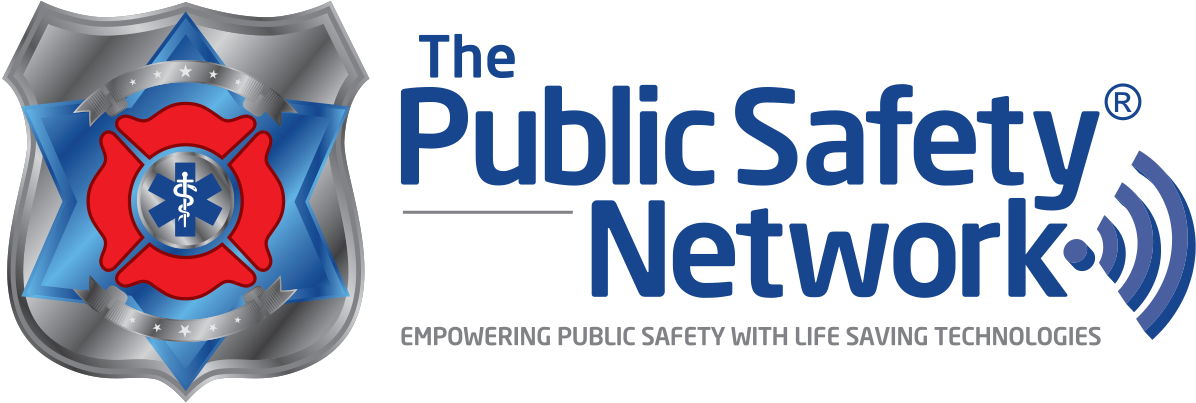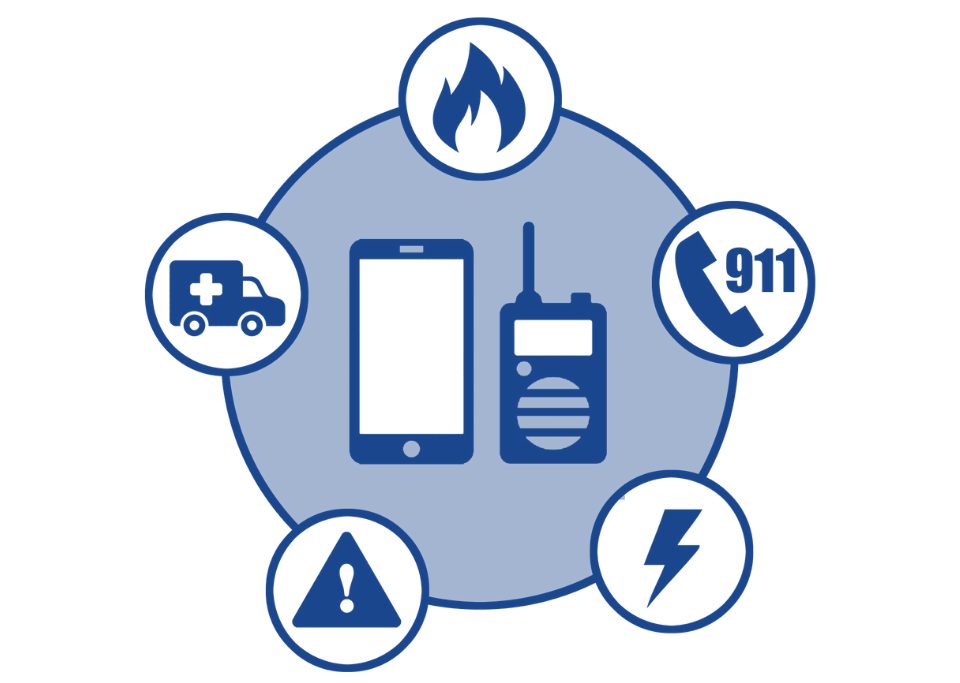
How Will Ptt-capable Smartphones Impact Public Safety Communications?
January 8, 2021The reliance on LMR entails fundamental limitations for high-speed data transmission and interoperability between jurisdictions, as well as the cost burden of maintaining a local infrastructure of radio transmitters and repeaters. These limitations were a key driver for the creation of the First Responder Network Authority, which was tasked with establishing and maintaining an interoperable public safety broadband network.
Now, with expansion of the FirstNet network and the recent controlled introduction of the FirstNet Push-to-Talk service, public safety agencies are able to access reliable PTT voice services together with broadband data over a nationwide cellular network.
This unification of communication technologies is also spurring a new generation of smart devices that provide the full spectrum of cloud applications along with fully featured PTT, including open standard-based mission critical push to talk (MCPTT) services. One example is Samsung’s Galaxy XCover FieldPro, a ruggedized smartphone with programmable PTT and emergency response keys. Combined with accessories such as holsters and shoulder mics, these purpose-built smartphones mirror the physical LMR experience with improved technical capabilities and superior voice quality for the public safety user.
In addition, with Third Generation Partnership Project (“3GPP”) Releases 14-16, additional functionality will become available, including mission critical push-to-data and push-to-video in addition to MCPTT (collectively, MCPTX).
This incorporation of ruggedized, PTT-capable smartphone technologies into agency operations will ensure public safety leaders are able to comprehensively support a true mobile-first environment, utilizing both LTE broadband and LMR. The ultimate goal is a fully integrated and unified broadband communications system, which provides public safety-grade reliability and universal operational access for responders throughout the course of their duties.
As with any change, however, the process must be appropriately managed. We suggest each agency follow a specific implementation journey to enable appropriate and efficient transition to, and implementation of, new broadband technologies. Such a journey would consist of the following stages:
- Current State is the status of your communications program.
- Assessment is where you begin to analyze the inefficiencies, the pain points and the feedback from your team on current communications.
- Awareness is where you start to become aware of the various options for communications changes, and availability of public safety broadband networks.
- Education is where you further review the data, engage in field-testing and gain a greater understanding of the options.
- Consideration is where you compare the options, seek peer feedback and understand financial and operational impacts.
- Acquisition is the process utilized to acquire initial product, services and capabilities.
- Activation is where you engage key stakeholders in the deployment strategy within the agency.
- Training should be relatively minimal given personnel’s familiarity with broadband devices and networks.
- Expansion is the point where you expand the deployment more broadly throughout the agency.
- Advocacy is the phase where you actively advocate the solution both within your agency and with peers, highlighting the implementation successes and overall operational and financial efficiencies.
Public safety has not been able to fully take advantage of the many available technologies in the market due, in part to the historic lack of assured and reliable connectivity to the cloud. Now, with the availability of public safety broadband networks with priority, preemption and encryption, public safety is finally able to leverage many of the benefits of cloud-connected platforms that other industries have been benefitting from for years.
Download the Public Safety Network’s comprehensive guide, “A Public Safety Agency Roadmap for Successful MCPTT Implementation.”




